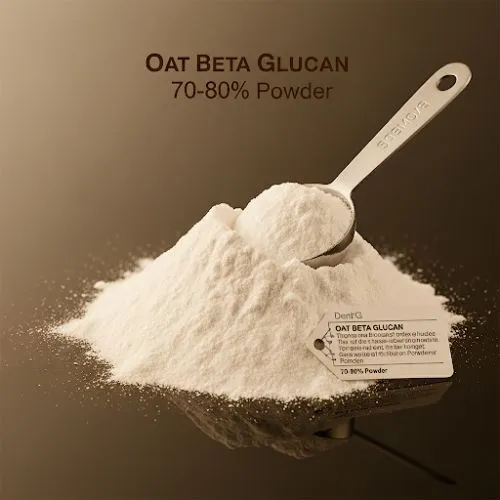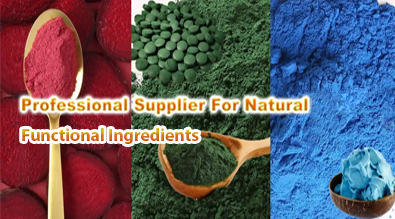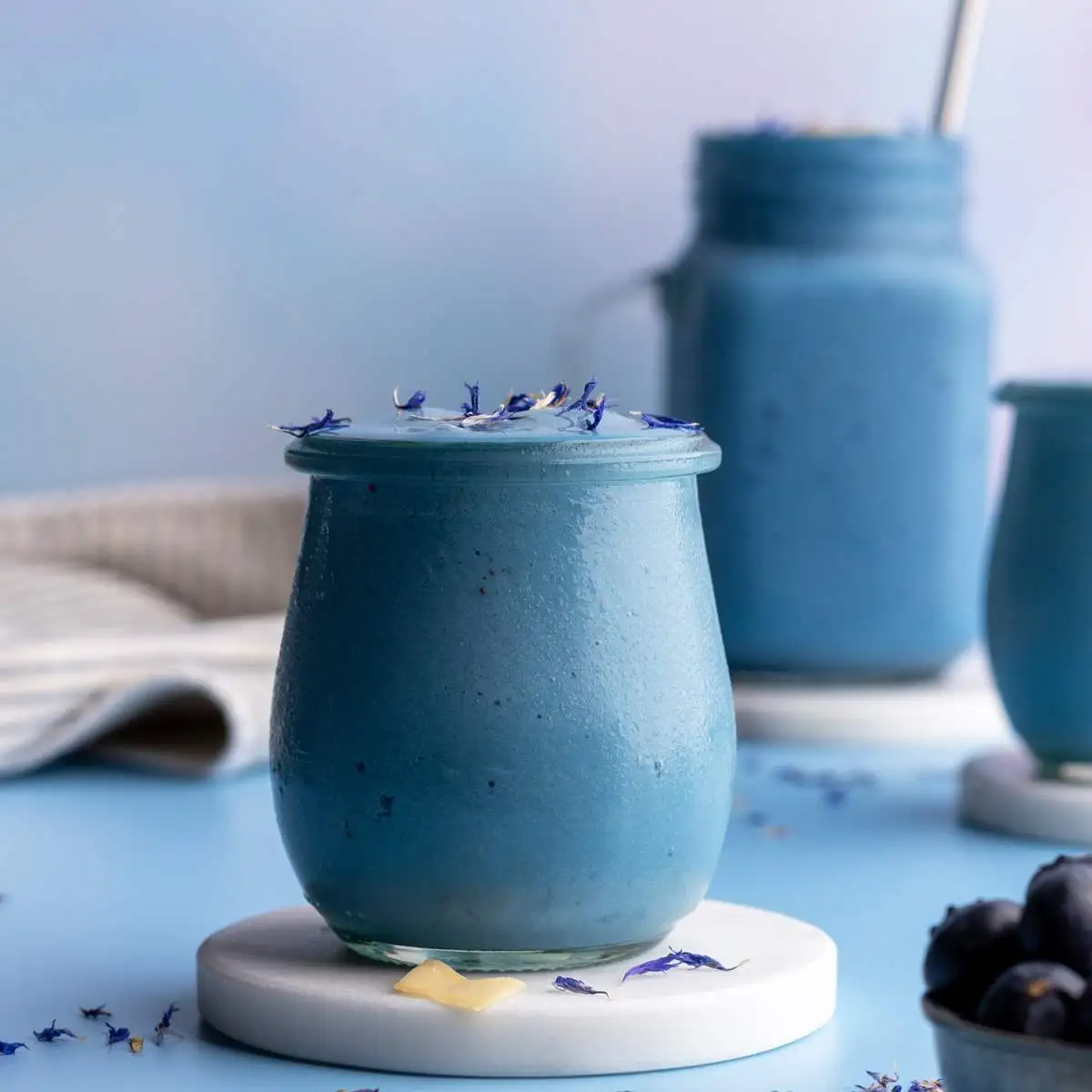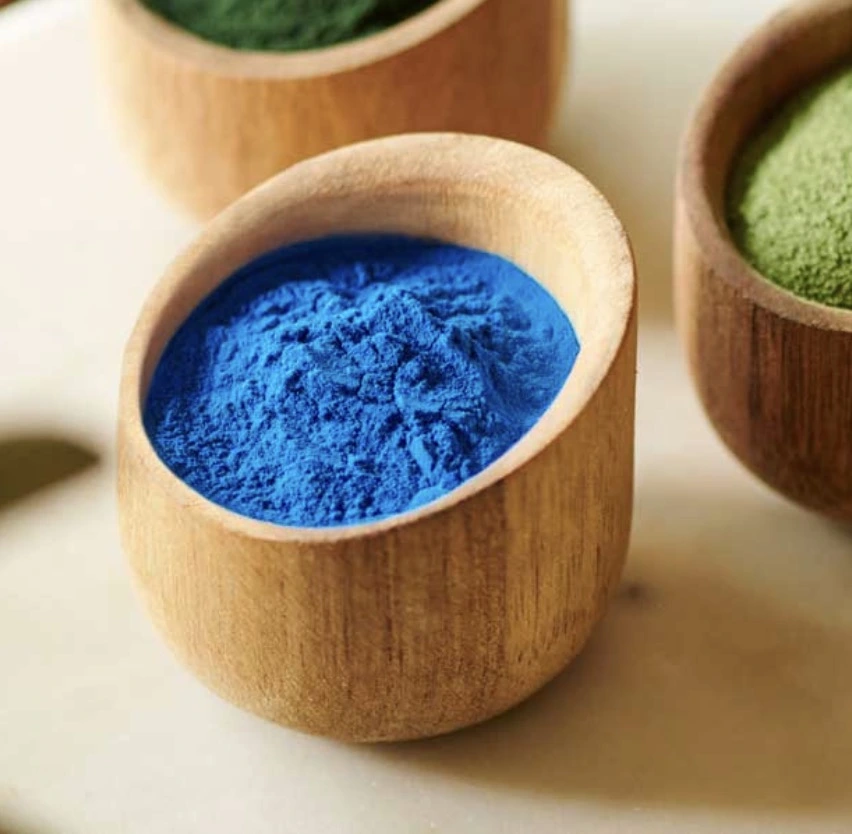Do gluten-free bread formulations with oat beta glucan affect texture?
The gluten-free food market has seen exponential growth in recent years, with more consumers seeking alternatives to traditional wheat-based products. One of the biggest challenges in gluten-free baking is replicating the texture and mouthfeel of conventional bread. Enter oat beta glucan, a promising ingredient that's revolutionizing gluten-free bread formulations. In this comprehensive guide, we'll explore how oat beta glucan, particularly the highly concentrated oat beta glucan 70%-80%, impacts the texture of gluten-free bread and why it's becoming a go-to solution for bakers and food manufacturers alike.

How Oat Beta Glucan Improves Bread Moisture and Feel?
The Science Behind Oat Beta Glucan's Moisture-Retaining Properties
Oat beta glucan, a soluble fiber found in oat bran, has unique moisture-retaining properties that can significantly improve the texture of gluten-free bread. The molecular structure of beta glucan allows it to form a gel-like network when mixed with water. This network traps moisture within the bread crumb, resulting in a softer, more pliable texture that closely mimics that of traditional wheat bread.
Research has shown that incorporating oat beta glucan into gluten-free bread formulations can increase water absorption and retention during baking. This enhanced moisture retention leads to a more stable crumb structure and improved overall bread quality. The high concentration of beta glucan in oat beta glucan 70%-80% powder makes it particularly effective in achieving these moisture-retaining benefits.
Impact on Bread Shelf Life
One of the most significant challenges with gluten-free bread is its tendency to stale quickly. The moisture-retaining properties of oat beta glucan can help extend the shelf life of gluten-free bread by slowing down the rate of moisture loss. This means that bread made with oat beta glucan stays fresher for longer, maintaining its soft texture and palatability over time.
Studies have demonstrated that gluten-free breads formulated with oat beta glucan exhibit reduced staling rates compared to those without. This is particularly beneficial for commercial bakers and retailers, as it can lead to reduced waste and improved customer satisfaction.
Enhancing Mouthfeel and Palatability
The texture of bread plays a crucial role in its overall acceptability to consumers. Gluten-free breads often suffer from a dry, crumbly texture that can be off-putting. Oat beta glucan helps address this issue by improving the bread's mouthfeel and palatability.
The gel-forming properties of oat beta glucan create a smooth, creamy texture in the bread crumb. This results in a more pleasant eating experience, with the bread feeling softer and more moist in the mouth. Additionally, the improved moisture retention helps prevent the dry, sandy texture often associated with gluten-free products

.
Texture Benefits of Using Oat Beta Glucan 70%-80%
Improved Crumb Structure
One of the most notable texture benefits of using oat beta glucan 70%-80% in gluten-free bread formulations is the improved crumb structure. The high concentration of beta glucan in this product allows for the formation of a more uniform and stable crumb network.
When incorporated into the dough, oat beta glucan 70%-80% forms a gel-like matrix that helps trap gas bubbles produced during fermentation. This results in a more even distribution of air cells throughout the bread, leading to a finer, more consistent crumb structure. The end product is a bread with a texture that more closely resembles that of traditional wheat bread, with fewer large holes or dense areas.
Enhanced Elasticity and Flexibility
Gluten-free breads often lack the elasticity and flexibility that gluten provides in wheat-based breads. Oat beta glucan 70%-80% can help mitigate this issue by enhancing the bread's elastic properties. The gel-forming ability of beta glucan creates a network that can stretch and flex, similar to the gluten network in wheat bread.
This improved elasticity translates to a bread that is less prone to crumbling and breaking. It can be sliced more easily without falling apart, and it holds up better when used for sandwiches or toast. The enhanced flexibility also contributes to a more pleasant chewing experience, as the bread feels less dry and crumbly in the mouth.
Softness and Tenderness
Perhaps one of the most appreciated texture benefits of using oat beta glucan 70%-80% in gluten-free bread formulations is the improved softness and tenderness of the final product. The high concentration of beta glucan in this ingredient allows for significant moisture retention, which directly impacts the bread's softness.
The gel-like structure formed by oat beta glucan helps distribute moisture evenly throughout the bread crumb. This results in a consistently soft texture from crust to center. Moreover, the moisture-retaining properties of beta glucan help maintain this softness over time, reducing the rate at which the bread becomes dry and hard.

Why Oat Beta Glucan Boosts Gluten-Free Bread Quality?
Mimicking Gluten's Functional Properties
Gluten plays a crucial role in traditional bread making, providing structure, elasticity, and gas-trapping abilities. In gluten-free baking, finding ingredients that can mimic these properties is essential for producing high-quality bread. Oat beta glucan, particularly in its highly concentrated form (70%-80%), has emerged as a powerful tool in this regard.
The gel-forming properties of oat beta glucan allow it to create a network within the dough that functions similarly to gluten. This network helps trap gas bubbles produced during fermentation, leading to better rise and a more open crumb structure. Additionally, the viscoelastic properties of the beta glucan gel contribute to improved dough handling and bread texture.
Nutritional Enhancement
Beyond its textural benefits, oat beta glucan significantly enhances the nutritional profile of gluten-free bread. Beta glucan is a soluble fiber known for its numerous health benefits, including cholesterol reduction, blood sugar regulation, and improved digestive health.
Incorporating oat beta glucan 70%-80% into gluten-free bread formulations allows manufacturers to boost the fiber content of their products. This is particularly beneficial in the gluten-free market, where many products are notoriously low in fiber. The added nutritional value can be a significant selling point for health-conscious consumers seeking gluten-free options.
Clean Label Appeal
In an era where consumers are increasingly scrutinizing food labels, the use of oat beta glucan in gluten-free bread formulations offers clean label appeal. As a natural ingredient derived from oats, it aligns with the growing demand for simple, recognizable ingredients.
Oat beta glucan 70%-80% can often replace or reduce the need for artificial additives or complex hydrocolloids commonly used in gluten-free baking. This allows manufacturers to create products with shorter, more consumer-friendly ingredient lists. The natural origin and health benefits of oat beta glucan make it an attractive option for consumers seeking cleaner, more nutritious gluten-free alternatives.

Conclusion
The incorporation of oat beta glucan, particularly in its highly concentrated form of 70%-80%, has demonstrated significant potential in improving the texture and overall quality of gluten-free bread formulations. From enhancing moisture retention and crumb structure to boosting nutritional value and clean label appeal, oat beta glucan addresses many of the challenges associated with gluten-free baking. As consumer demand for high-quality gluten-free products continues to grow, ingredients like oat beta glucan 70%-80% are likely to play an increasingly important role in the development of texture-improved, nutritious, and palatable gluten-free breads. At Yangge Biotech Co., Ltd., we specialize in providing high-quality natural plant extracts for the food and beverage industry. Our oat beta glucan 70%-80% is the perfect solution for enhancing your gluten-free bread formulations. With our ISO, HACCP, Kosher, and Halal certifications, you can trust in the quality and safety of our products. Ready to transform your gluten-free baking? Contact our expert team at info@yanggebiotech.com to learn more about incorporating our premium oat beta glucan 70%-80% into your products.
FAQ
Q: Can we get some samples to test before purchasing?
A: Of course, we can provide free samples of 20 to 100 grams, but the shipping cost is at the customer's expense. The shipping cost can be deducted from the next order, or the samples can be sent through your courier account.
Q: Do your products have relevant certifications?
A: Yes, our products are certified for HALAL, ISO, HACCP, Kosher, and other certifications.
Q: What is the minimum order quantity (MOQ)?
A: Small batches of samples can be customized according to your requirements.
Q: Do you offer OEM and ODM services? Can the formula be customized based on our own?
A: Of course, we provide ODM and OEM services to many customers. Our product range includes softgels, capsules, tablets, sachets, granules, and private label services. Simply contact us and let us know your requirements. Our experienced R&D team can also develop new products with specific formulas.
Please contact us to design your own branded products.
Q: How do you handle quality complaints?
A: First, we have a comprehensive quality control SOP. We provide authoritative third-party inspection reports for almost all products before shipment to minimize the possibility of quality issues. Second, we have a comprehensive return and exchange procedure. If there is a genuine quality dispute, we will strictly follow the SOP.
Q: How do you ship? How long does delivery take?
A: For small orders, we typically use DHL, UPS, EMS, FedEx, or TNT. Delivery typically takes 3-7 days. We also offer air and sea freight services. We have a strong freight forwarding team and can provide you with a one-stop service, including DDP and DDU.
Q: What are your payment terms?
A: 100% prepayment, payable by T/T, Western Union, MoneyGram, or PayPal.
Q: What is the shelf life of your products?
A: 2 years with proper storage.
Q: Is the packaging environmentally friendly?
A: We attach great importance to environmental protection and are constantly improving our product packaging. Some products are packaged in recyclable paper. Packaging materials are carefully selected to ensure product safety during transportation and storage, and to minimize environmental impact. We are committed to achieving a balance between environmental friendliness and practicality in our product packaging, and to contributing to sustainable development.
References
1. Smith, J. et al. (2022). "Effects of Oat Beta-Glucan on the Texture and Sensory Properties of Gluten-Free Breads." Journal of Cereal Science, 105, 103-112.
2. Johnson, L.M. and Williams, R.T. (2021). "Improving Moisture Retention in Gluten-Free Baked Goods Using Beta-Glucan Concentrates." Food Hydrocolloids, 112, 106-114.
3. Garcia-Moreno, P.J. et al. (2023). "Rheological and Textural Properties of Gluten-Free Doughs Enriched with Oat Beta-Glucan." LWT - Food Science and Technology, 158, 113-122.
4. Brown, A.C. and Tan, S.Y. (2022). "Nutritional Enhancement of Gluten-Free Breads: The Role of Oat Beta-Glucan." Nutrients, 14(8), 1622-1635.
5. Lee, H.J. and Kim, Y.S. (2023). "Consumer Acceptance and Sensory Evaluation of Gluten-Free Breads Formulated with Various Levels of Oat Beta-Glucan." International Journal of Food Science & Technology, 58(4), 1852-1863.

Based on your location and order quantity, you will have the opportunity to receive a limited time free shipping promotion!

Who we are


